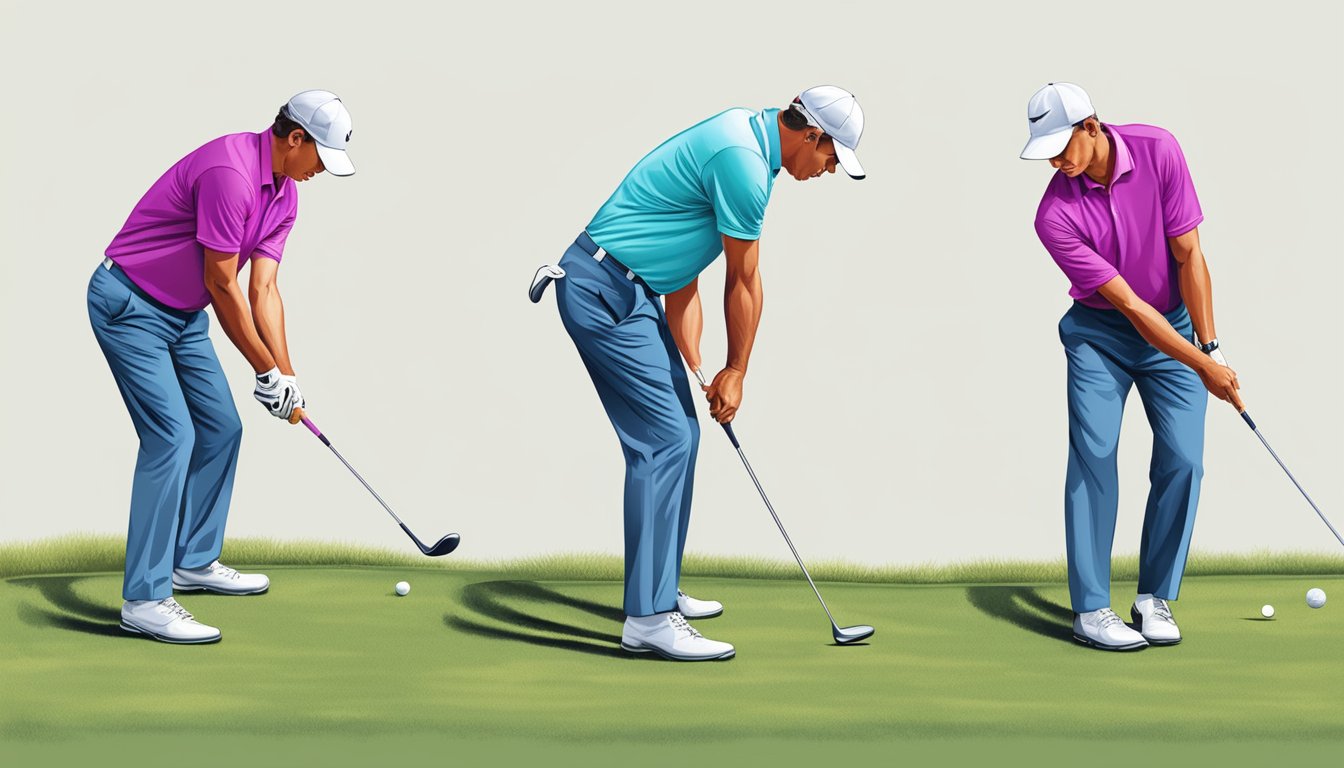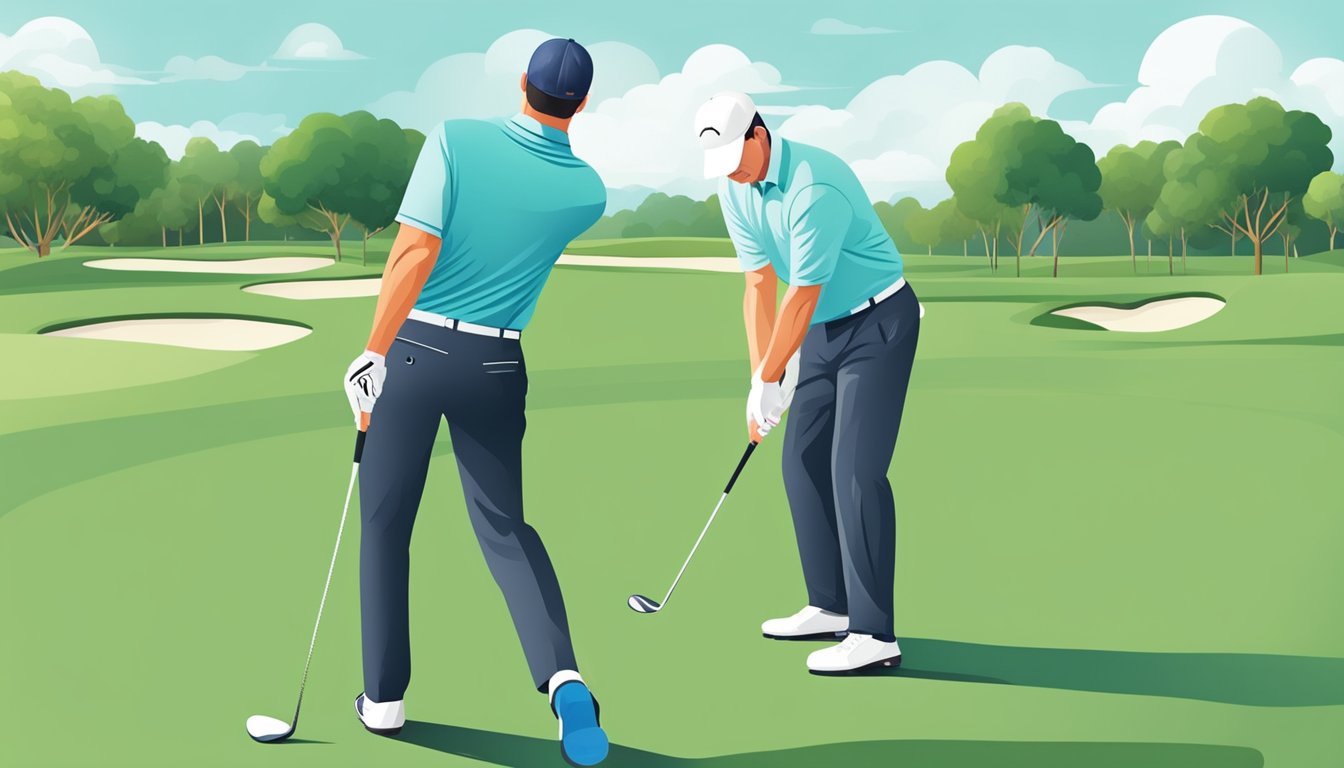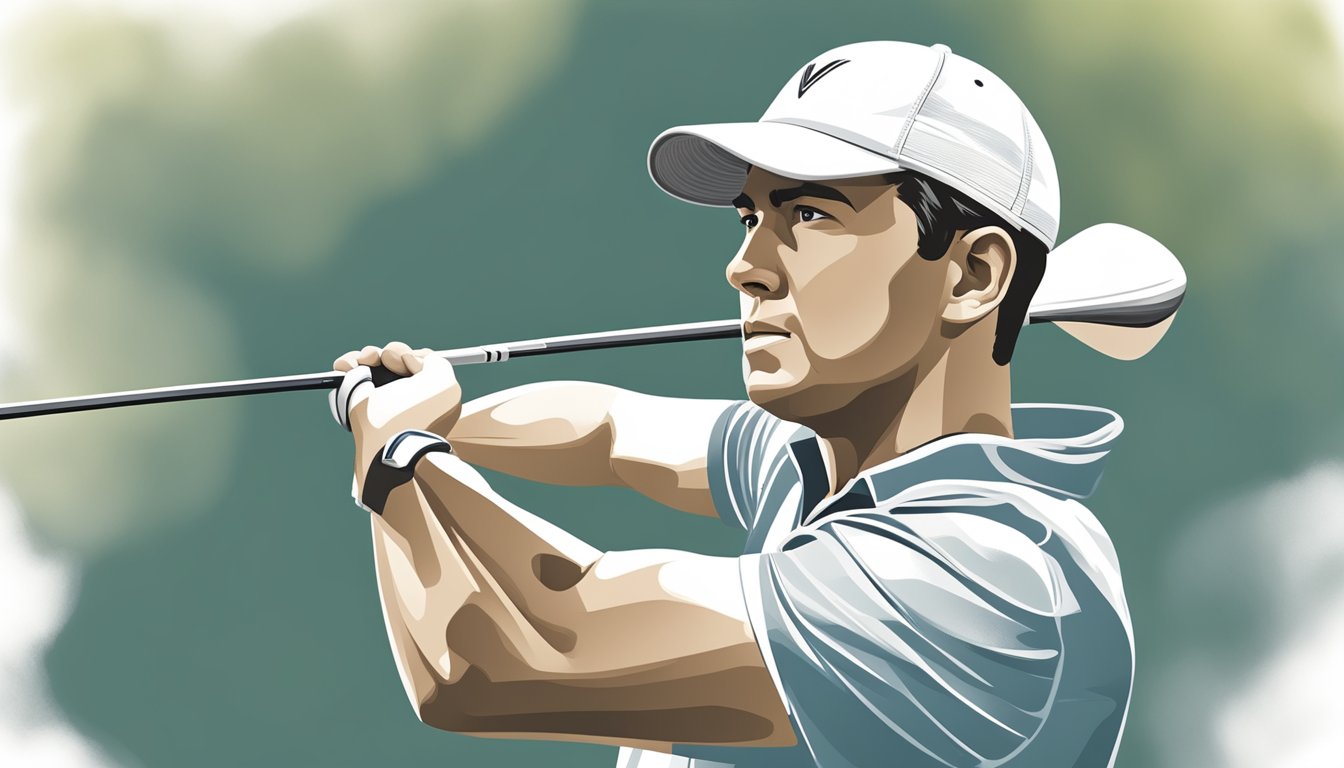Golf is an enjoyable sport that requires a lot of skill and practice. However, one of the most frustrating aspects of golf is the shanks. If you’ve ever experienced the shanks, you know how quickly confidence can evaporate and terror can set in. Fortunately, the shanks are a curable and largely preventable ailment. In this article, we’ll explore how to stop golf shanks and get you back on track to enjoying the game.
Understanding Golf Shanks
Before we dive into how to stop golf shanks, it’s important to understand what they are. A shank is a shot that contacts the hosel of the club instead of the clubface. This causes the ball to shoot off at a 90-degree angle, often to the right for right-handed golfers. The shanks are caused by an open club face and a cast pattern during transition and release 95 percent of the time.
Identifying Causes of Shanks
There are several causes of golf shanks, including poor posture, being too close to the ball, and an open clubface at impact. Identifying the cause of your shanks is the first step in fixing the problem. Once you know what’s causing your shanks, you can take steps to correct your swing and prevent them from happening again in the future.
Key Takeaways
- The shanks are a curable and largely preventable ailment in golf.
- Shanks are caused by an open club face and a cast pattern during transition and release 95 percent of the time.
- Identifying the cause of your shanks is the first step in fixing the problem.
Understanding Golf Shanks
https://www.youtube.com/watch?v=SGmCt1QkA88&embed=true
If you’re reading this, it’s likely that you’ve experienced the dreaded golf shank. A shank is when the ball makes contact with the hosel of the club instead of the clubface, causing the ball to shoot off to the right (for a right-handed golfer). It’s a frustrating shot that can ruin your round and make you want to quit the game altogether.
There are a few reasons why shanking happens. One common cause is an incorrect grip on the club. If your grip is too weak (i.e., your hands are rotated too far to the left on the club for a right-handed player), you may be more prone to hitting a shank. A grip that is too strong (hands rotated too far to the right) can also lead to shanks, as well as other types of poor shots.
Another cause of shanking is poor posture and alignment. If you’re too close to the ball or have your weight too far forward, you may be more likely to hit the hosel instead of the clubface. It’s important to have a proper setup and posture to avoid shanking the ball.
Finally, shanking can also be caused by a swing that is too steep or too shallow. If your clubhead is swinging on a path that is too shallow, on a severe inside-to-out, or out-to-in angle, you may be more likely to hit the hosel instead of the clubface.
Now that you understand what a shank is and some of the common causes, it’s time to learn how to fix it.
Identifying Causes of Shanks
If you’re struggling with shanks on the golf course, it’s important to identify the root cause of the problem. Below are some of the most common causes of shanks, along with tips on how to prevent and correct them.
Swing Path Issues
One of the most common causes of shanks is a swing path that is too steep or too shallow. If your clubhead is swinging on a path that is too steep, it can cause the hosel of the club to hit the ball, resulting in a shank. On the other hand, if your swing path is too shallow, the clubhead can swing too far to the inside, causing the heel of the club to hit the ball.
To prevent shanks caused by swing path issues, focus on keeping your swing path on the correct plane. During your backswing, make sure your clubhead stays on the correct path. On your downswing, focus on swinging the clubhead down on the same plane as your backswing.
Faulty Grip and Address
Another common cause of shanks is a faulty grip or address position. If you’re gripping the club too tightly or holding it too far in your palms, it can cause the clubface to close at impact, resulting in a shank. Similarly, if you’re standing too close or too far from the ball, it can cause you to hit the ball with the hosel of the club.
To prevent shanks caused by grip and address issues, focus on maintaining a light grip on the club and holding it more in your fingers than your palms. Additionally, make sure you’re standing the correct distance from the ball and that your posture is correct.
Incorrect Club Use
Using the incorrect club can also lead to shanks. If you’re using a club that is too short or too long for your swing, it can cause you to hit the ball with the hosel of the club. Additionally, if you’re using a club with a shaft that is too stiff or too flexible for your swing, it can also lead to shanks.
To prevent shanks caused by incorrect club use, make sure you’re using the correct club for your swing and that the shaft is the correct stiffness for your swing.
Physical and Mental Factors
Finally, physical and mental factors can also contribute to shanks. If you’re not confident in your swing, it can cause you to hit the ball with the hosel of the club. Additionally, if you’re not physically fit or if you’re playing in cold weather conditions, it can also lead to shanks.
To prevent shanks caused by physical and mental factors, focus on building your confidence on the course and maintaining your physical fitness. Additionally, if you’re playing in cold weather conditions, make sure you’re properly warmed up before you start playing.
Preventing and Correcting Shanks
Shanks can be frustrating, but the good news is that they are curable. By identifying the root cause of your shanks and taking steps to prevent and correct them, you can improve your swing and start hitting the ball more consistently. The next section will provide tips on how to prevent and correct shanks.
Frequently Asked Questions
How can I stop hitting the ball with the toe of my club?
Hitting the ball with the toe of your club can be frustrating and lead to inconsistent shots. One way to fix this is to make sure you are not standing too close to the ball. This can cause you to reach for the ball, causing the toe of the club to hit the ball. Another way to fix this is to check your swing path. If your swing is too steep or outside-in, it can cause the toe of the club to hit the ball. Try to swing more from the inside and with a flatter swing path.
What causes me to suddenly start shanking my irons?
Sudden onset of shanking can be caused by a number of things, including poor posture, grip, and alignment. It could also be caused by a sudden change in swing mechanics, such as trying to hit the ball too hard or trying to hit a certain shot shape. One way to fix this is to take a step back and evaluate your setup and swing mechanics. Make sure you are not standing too close to the ball and that your grip and alignment are correct. Focus on making a smooth, controlled swing.

What are some tips for fixing a shank with irons?
« Callaway Apex DCB Irons Review: The Best Golf Irons for High Handicap Players
Getting Swing on Plane: Tips for a More Consistent Golf Swing »
Fixing a shank with irons can be challenging, but there are a few things you can try. One way is to focus on your swing path. Make sure you are not swinging too steeply or outside-in. Another way is to check your weight distribution. If your weight is too much on your toes, it can cause you to shank the ball. Try to shift your weight more towards your heels. Finally, try to focus on hitting the ball in the center of the clubface.
How can I prevent myself from shanking the ball over the top?
Shanking the ball over the top is often caused by a steep swing path and an open clubface. One way to prevent this is to focus on swinging more from the inside and with a flatter swing path. Another way is to make sure your grip is not too weak, which can cause the clubface to open at impact. Finally, try to focus on hitting the ball in the center of the clubface.
What are some common reasons for shanking the golf ball?
Shanking the golf ball can be caused by a number of things, including poor posture, grip, and alignment. It can also be caused by a sudden change in swing mechanics or trying to hit the ball too hard. One common cause is standing too close to the ball, which can cause you to reach for the ball and hit it with the toe of the club.
How can I mentally overcome the shanks?
Mentally overcoming the shanks can be challenging, but there are a few things you can try. One way is to focus on your breathing. Take a deep breath before each shot and try to stay relaxed. Another way is to focus on the process, not the outcome. Instead of worrying about where the ball is going to go, focus on making a smooth, controlled swing. Finally, try to stay positive and remember that shanking is a common problem that can be fixed with practice and patience.










